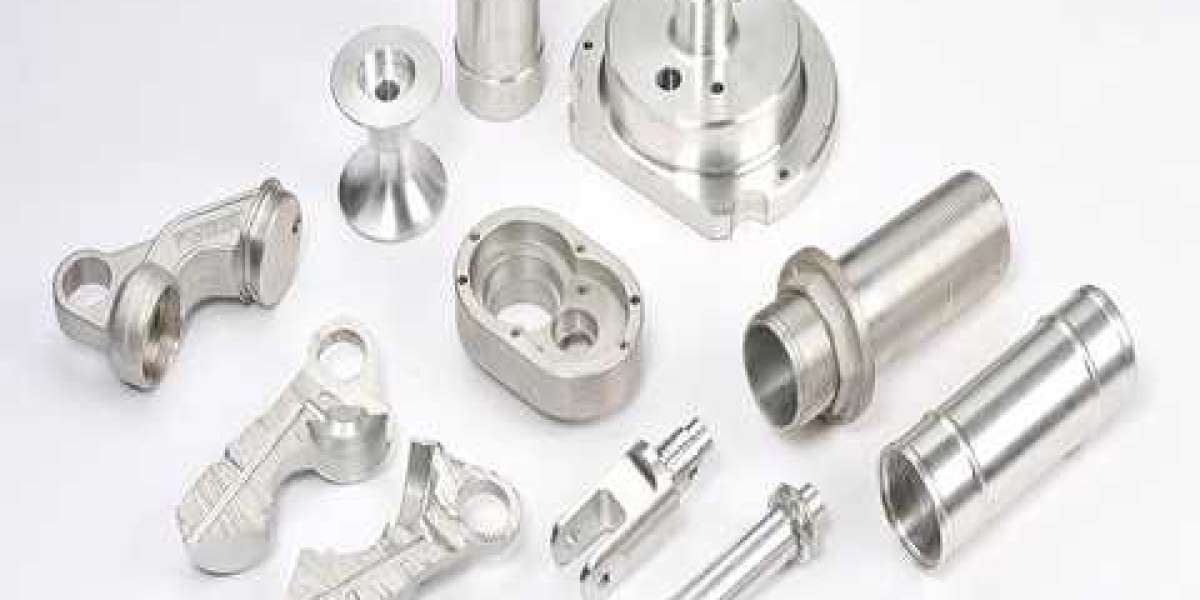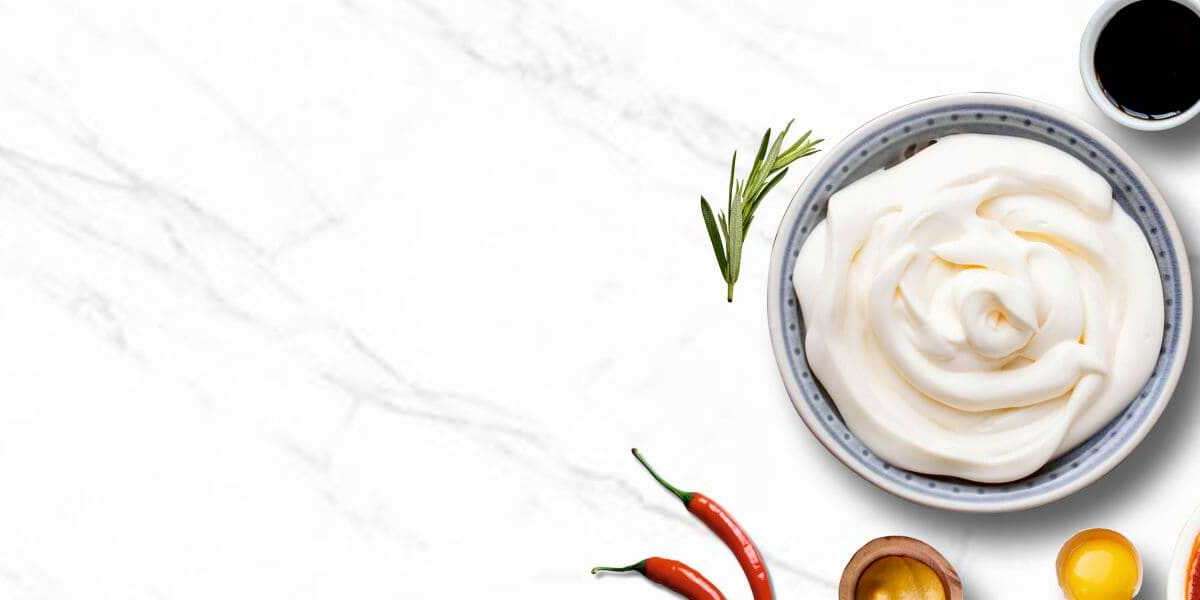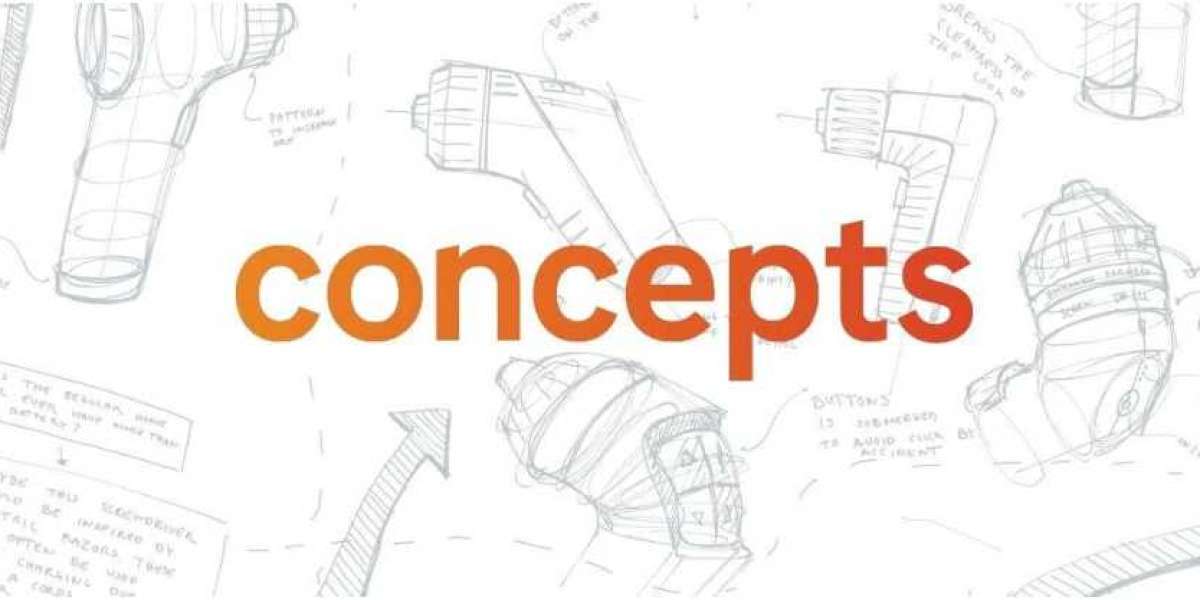Zinc-based casting alloys are well-known for their exceptional resistance to corrosion, in addition to their exceptional electrical and thermal conductivity. Zinc also has exceptional electrical conductivity. The electrical conductivity of these alloys is greatly improved by the addition of zinc. The low melting point of zinc alloys, which are typically die cast with copper, aluminum, and magnesium, makes them ideal for die casting into small, more intricate sizes or shapes. Zinc alloys are typically die cast with copper, aluminum, and magnesium. Die casting is a process that works particularly well with zinc alloys because of the low viscosity of these metals. Die casting is a process in which molten metal is forced through a die in order to create a solid object. This process is called "die casting," and it can be used to create any kind of solid object. As a consequence of this, they are an excellent choice for applications in the electrical industry, as well as the automotive industry and the hardware industry. When applied to zinc die casting, chromium plating is not always possible. Case in point:Yes, and if you'll indulge me, I'll walk you through the steps.
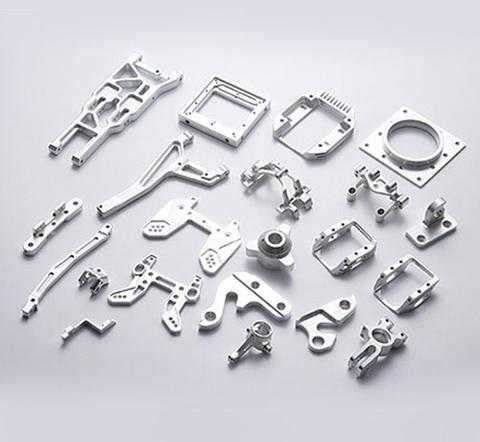
Chrome plating on zinc die casting can be useful for a variety of different projects; what kinds of things can you make with it?
Die casting is one of the most common manufacturing processes, and one of the most common applications for chrome plating is in the production of exterior components for the automotive industry. Die casting is also one of the most common manufacturing processes. Die casting is another one of the manufacturing processes that is used the most frequently. Die casting is used for everything from logos and emblems to the casings of headlights, front grilles and hood ornaments, window and panel trim, door handles, and the trim and buttons on the console. Die casting is also used to make window and panel trim. Die casting is also used to make hood ornaments. Die casting is another method that can be utilized in the production of the console's buttons and trim. The nickel chrome plating is applied to each and every one of these individual components. Die casting is a process that can be used to produce a wide variety of mechanical components, and one of those processes is chrome plating. Automobile manufacturing is an exception to this rule. Locks, batteries, gears, and pinions are some of the components that make up this. There are also other components.
When applied to zinc die casting, how does chrome plating function and what effects does it have?
You should begin by cleaning the zinc die casting. This should be your first step.
The first step in the process of plating chrome onto zinc die casting is to clean the base material, which consists of the zinc die casting. This may involve removing grease from the surface of the die casting or cleaning the surface of the casting to remove any surface impurities that may have been present. When it comes to plating, this step is an absolute requirement in order to achieve a finish that is smooth and consistent throughout.
The die casting will be pretreated in the second step of the process.
Because highly acidic and alkaline solutions can dissolve zinc if they are not properly prepared, the pretreating process is particularly important when plating chrome over zinc die casting. Applying a very thin layer of cyanide copper flash over the zinc die casting will stop this from happening, so get started on that right away. Due to the fact that this will adhere to both the zinc die casting and the chrome plating, it will ensure that both of these metals are compatible with one another.
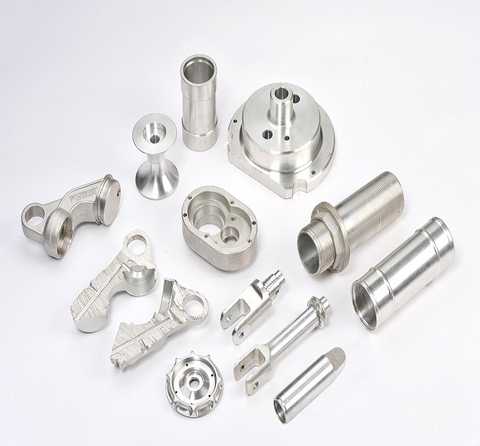
The application of the plating is the third step.
After this stage, the zinc die casting will have multiple layers of metal plated onto it in order to complete the process. Copper is used in the first step, which increases the electrical conductivity of the material. After this step, a layer of nickel will be applied so that the surface is protected from corrosion. The final step is the application of a chrome plating, which not only increases corrosion resistance and durability but also imparts the distinctive sheen that is typical of chrome.
The buffing or polishing process is the fourth step.
Buffing or polishing the surface will finish it off and make it suitable for use in the various applications that you have, such as in the automotive or electrical industries. We strongly recommend making use of robotic polishing services rather than manual polishing services because robotic polishing services are noticeably more effective, require noticeably less human labor, and can be completed in a noticeably shorter amount of time than manual polishing services.
Bend Plating, which serves the automotive, marine, and aviation industries, is one of the companies that provides chrome plating on zinc die casting as one of the services it provides. In addition, we are one of the few businesses in our industry that provides automated and robotic polishing services, making us unique in this regard. Regardless of the application that you are currently working on, we will be happy to help you with the chrome plating requirements that you have. Please get in touch with us if you have any questions or require any additional information.
